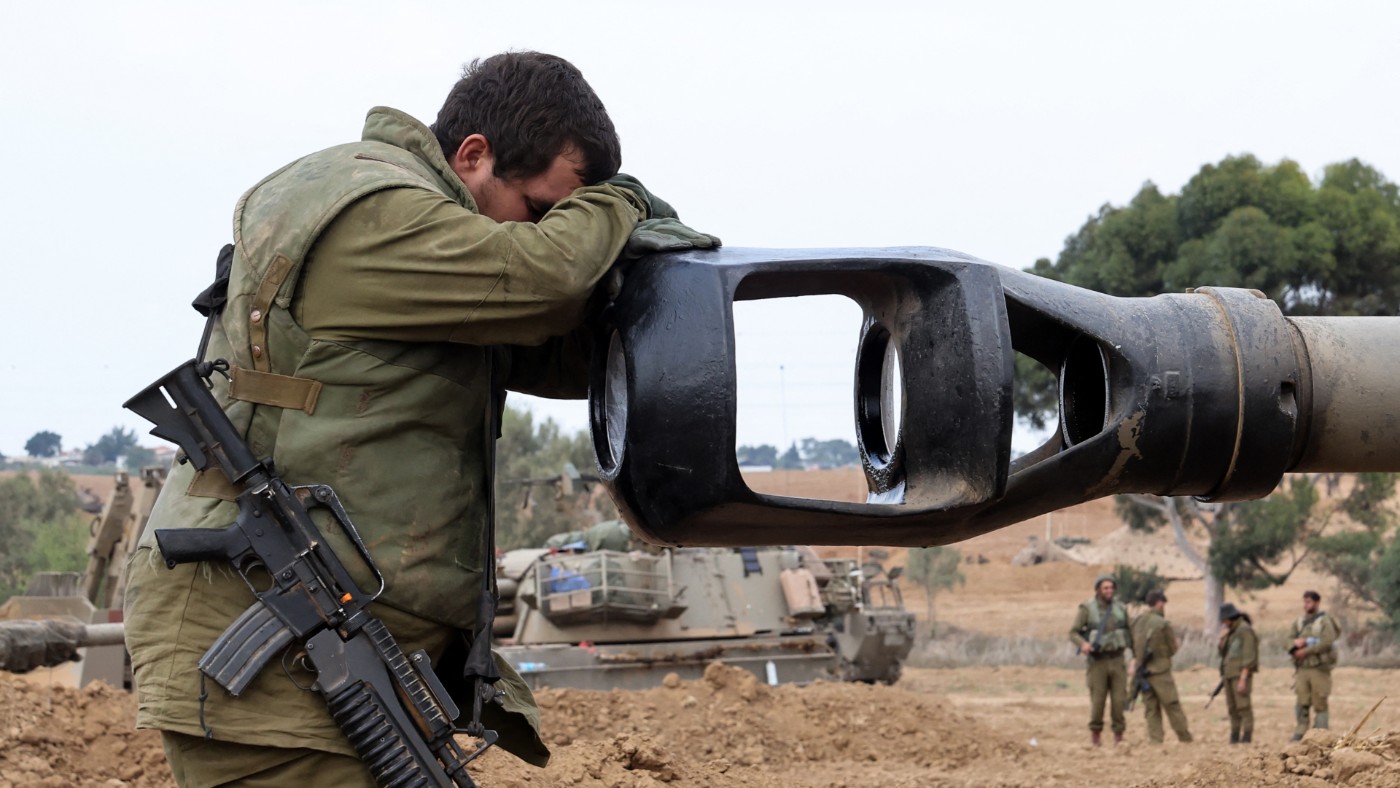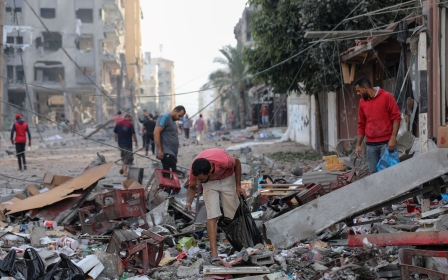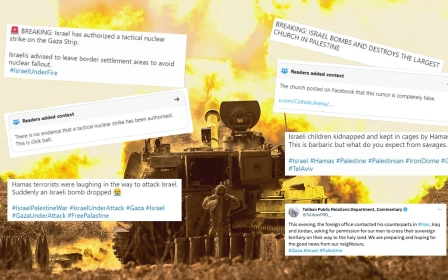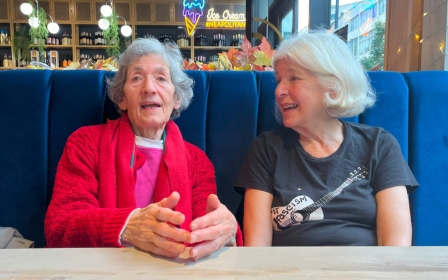Israel-Palestine war: What we know so far about Israeli casualties
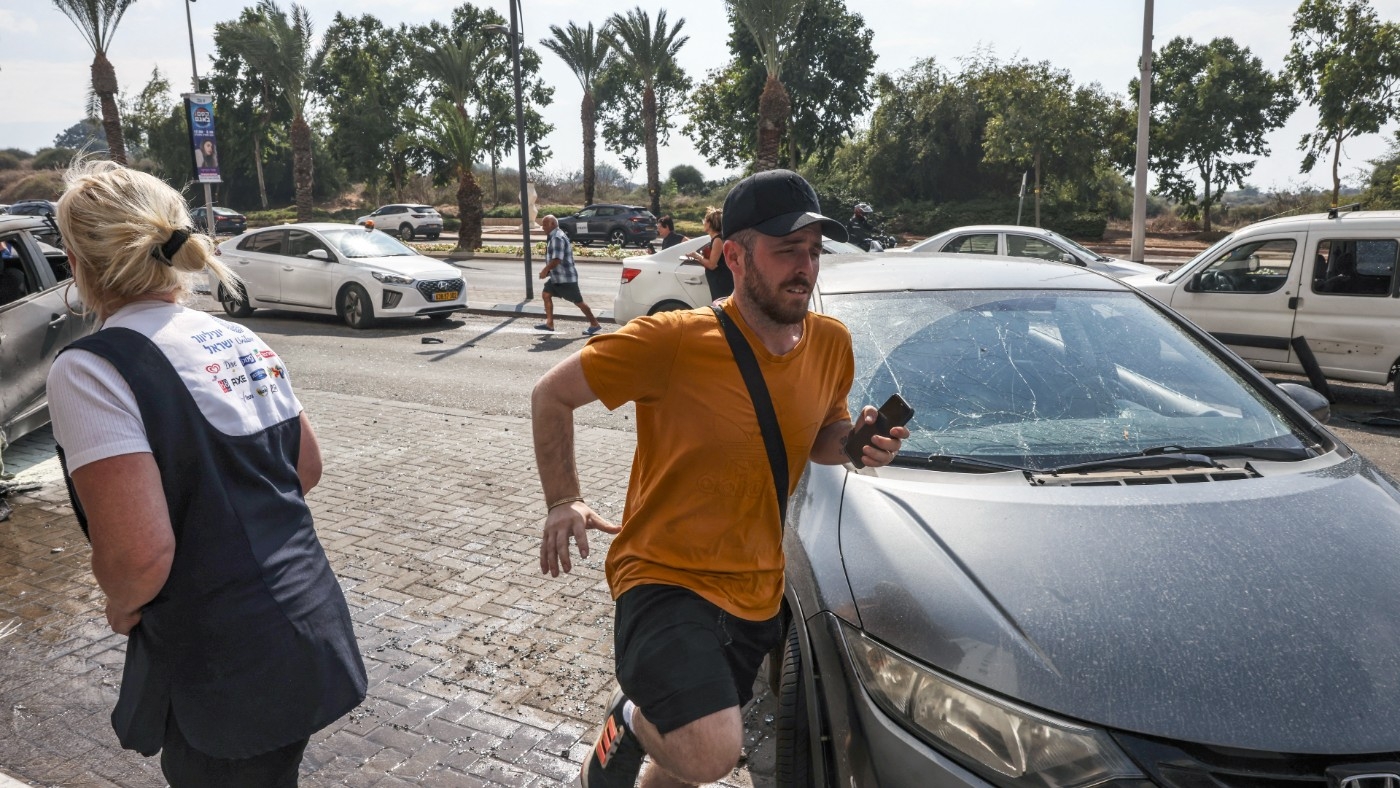
At least 1,200 Israelis have died since Saturday's surprise Palestinian attack, the largest number killed since the 1973 Middle East war.
The death toll includes hundreds of civilians, as well as police and army forces. Senior Israeli commanders and local officials are among the dead.
Hamas says it has captured more than 100 Israelis and taken them back to Gaza as hostages. The Palestinian Islamic Jihad groups says it has around 30 more.
On Tuesday, the Israeli military said it had found the bodies of "around 1,500 Hamas" fighters in Israel close to Gaza. The figure has not been independently verified.
The Palestinian death toll in Gaza reached 1,055 on Wednesday, with over 5,000 people wounded. The United Nations says that close to 200,000 Palestinians have been displaced by Israel's bombing of Gaza.
Here's what we know so far about Israeli casualties.
The military
So far the Israeli military has named at least 168 soldiers killed fighting Hamas, with the number expected to rise.
The most senior officer confirmed dead in the fighting so far is Jonathan Steinberg, a colonel and commanding officer of the Nahal infantry brigade.
According to the Israeli army, the brigade was created in 1982 during the First Lebanon War in a bid to increase the size of Israel’s ground forces. It has been the leading force in Israeli attacks on Gaza in recent years.
The Israeli military said that Steinberg was en route to Kerem Shalom, a town close to the perimeter barrier with Gaza, and was looking to reach his troops when he was shot and killed.
Another senior military officer killed was Colonel Roi Levy, head of the elite Multidimensional Unit, Israel's "Ghost" commando unit, who died on Saturday battling Hamas fighters.
The special unit was established in 2019 to engage in secret reconnaissance missions. It is meant to operate in all battle arenas, bringing together every element of the army.
The ranks of those killed range from infantry soldiers to captains, majors, sergeants and lieutenant colonels.
There are unconfirmed reports that other senior Israeli officers have been captured alive and taken into Gaza. The Israeli government has not confirmed the reports.
Veteran Israeli political analyst Meron Rapoport told Middle East Eye that as a result of this operation, the psychology of the army has likely been dealt a significant blow.
“If Israel’s armed forces go into Gaza, they will do so with a lot less self-confidence than before, and there is no certainty that they are capable of a military conquest of Gaza,” Rapoport said.
The police
At least 41 Israeli police officers were killed in the offensive, according to Israeli media, including 32 in Rahat and Shaqib al-Salam (Segev Shalom), predominantly Palestinian towns in Israel.
The areas were some of the deepest points penetrated by Hamas. Rahat is some 67 km and Shaqib al-Salam more than 90 km into Israel.
Chief Superintendent Ge-ar Davidov, commander of the Rahat station, and Chief Superintendent Yitzhak Bazuka Shvili, were both killed in the Hamas operation.
In the ensuing firefight police of various ranks were killed, including superintendents, chief inspectors, inspectors and sergeant majors.
In a sign of how well entrenched Hamas fighters were, Israeli forces were unable to retake the police station in the city of Sderot from the Palestinian group and opted to totally destroy the building rather than prolong the fight.
Politicians
While Israeli political figures have largely not borne the fallout from yesterday’s assault by Hamas, there has been at least one reported casualty.
Ofir Libstein, head of the Sha’ar Hanegev Regional Council in the northwestern Negev, was killed in an exchange of fire with Hamas fighters.
Civilians
Israelis from across all walks of society have been killed.
At least 260 people are reported to have been murdered by Hamas fighters at the Supernova festival, which took place in the woods next to Reim, a secular kibbutz in southern Israel.
In the town of Netiv Haasara, which sits on the separation wall with Gaza, at least 15 members of the community of 900 were killed.
Individual stories of those killed have emerged. Aharon Haimov, a medic and ambulance driver working for Magen David Adom, Israel's emergency services, was shot on Saturday while driving an ambulance to his hometown of Ofakim.
"Aharon was a dedicated person who gave his all for the sake of saving human lives," said Ofakim station manager at Magen David Adom, Danny Shtarkman.
At least 10 Palestinian citizens of Israel were also killed in the Naqab (Negev) desert.
The Regional Council of Unrecognised Villages of Naqab, which represents the interests of Palestinian villages within Israel that the central government refuses to recognise, announced the deaths of several members of the community as a result of rocket fire.
A five-year-old, Yazen Zakaria Abu Jamaa, was killed when a rocket hit near his home. In another location, two brothers, Malek Ibrahim al-Kran, 14, and 15-year-old Javad Ibrahim al-Kran, were killed by rocket fire.
Most of the deaths from the Palestinian community seemed to have come from rockets fired from Gaza throughout Saturday.
In southern Israel's Nir Oz kibbutz, the story of Tamar Kedem-Siman Tov, her husband Johnny and their three children emerged over the weekend.
The family had sent messages to their friends and family in Australia that they were doing well and were in a secure location, when all contact was lost. It was later widely reported in the Israeli media that the family had been slain during the attack.
It wasn't just Israeli civilians caught in the attack but also foreign nationals.
Twelve Thais have reportedly been killed, with another 11 kidnapped by Hamas fighters.
The US announced that 11 of its citizens had been killed.
“Sadly, we now know that at least 11 American citizens were among those killed – many of whom made a second home in Israel,” President Joe Biden said in a statement.
Citizens of a number of other countries, including Nepal, Cambodia, Austria, Argentina and Brazil were killed in attacks on the music festival and on kibbutzim in southern Israel.
Middle East Eye propose une couverture et une analyse indépendantes et incomparables du Moyen-Orient, de l’Afrique du Nord et d’autres régions du monde. Pour en savoir plus sur la reprise de ce contenu et les frais qui s’appliquent, veuillez remplir ce formulaire [en anglais]. Pour en savoir plus sur MEE, cliquez ici [en anglais].


